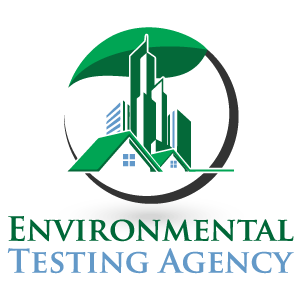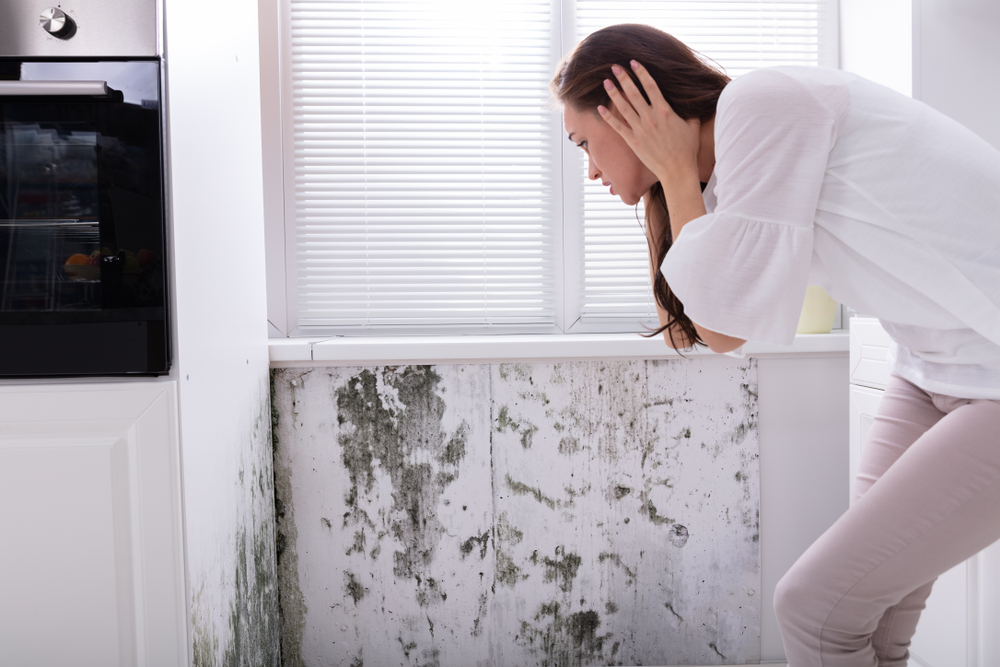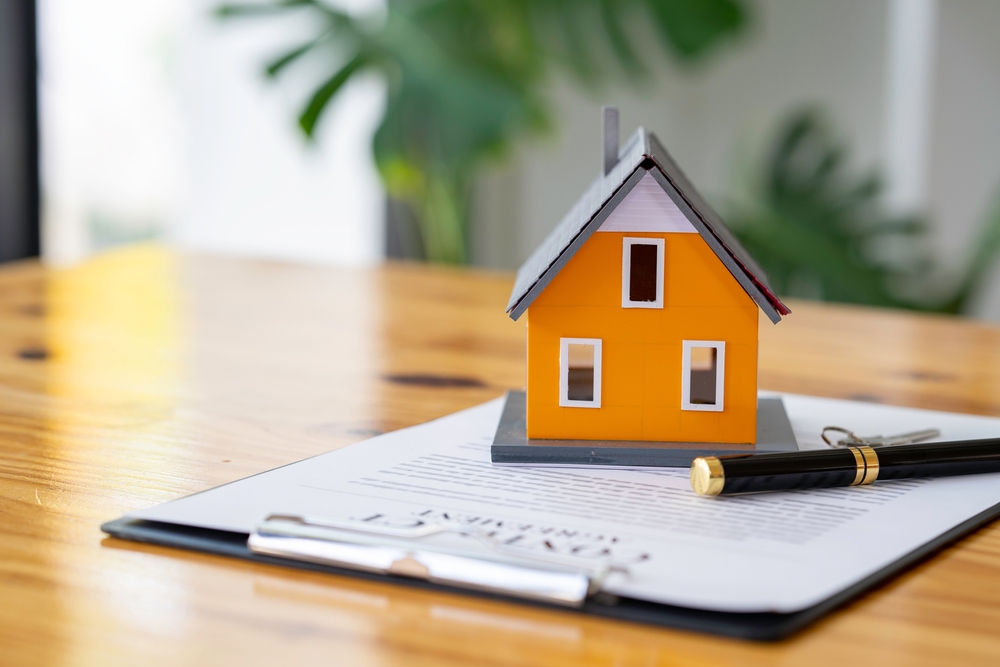Mold Testing & Inspection
We are Environmental Testing Agency: Licensed, Certified, and Insured Mold Testing and Air Quality Testing Company
Whether it’s peace of mind or identifying what mold ecologies are in your indoor environment. We can give you a breakdown of what is there, along with a count to understand the affected level in the relative air. The results given can also be used by an allergy specialist to see if you are allergic to any fungal ecologies notated on the samples taken. Being allergic to penicillin could make you uncomfortable in an environment with elevated penicillium.
What is Mold?
Mold exists everywhere; there are no indoor spaces where you can not find it. However, without sufficient moisture, it cannot grow, so a specific sign of mold growth is the presence of too much moisture. These bacteria, also known as fungi, are microorganisms that generally have thread-like bodies and reproduce by producing spores. Spores are generally round or ovoid single cells (but in some cases multicellular) that are dispersed from the thread-like body of the mod, called mycelium. Spores can be colorless or pigmented and vary in size. There are about fifty to one hundred different molds that are typically found growing indoors in water-damaged buildings.

Do you suspect mold
in your home?
Mold Pollution
This refers to the growth of fungi in a building, resulting in a negative impact on the use of that structure. The negative impacts generally fall into two categories: the destruction of the structure itself and adverse health impacts on the building’s occupants. It is estimated that about ten percent of U.S. buildings may suffer from this type of pollution.
Water problems in buildings are generally the result of leaks from roofs or plumbing condensation, and flooding. When building materials or furnishings such as wood, drywall, ceiling tiles, or carpets get wet, mold will grow on them. The types of substrates and the amount of moisture will often determine what kinds of fungi that grow. Even though moisture control is key to controlling mold growth and eliminating its effects on the building’s structure or the building occupants.
Stay Ahead and Prevent
The best way to control dampness and mold indoors is to control the sources of moisture. Preventing the problem from developing as well as fixing new problems quickly is key.
Here are some important steps to keep in consideration:
- Keep indoor humidity levels below 50 percent.
- Fix all leaks.
- Increase air movement and ventilation.
- Run exhaust fans in the bathroom and kitchen to reduce moisture.
- Keep appliance drip pans clean.
- Regularly and thoroughly clean places where fungi are likely to grow.
Mold in
Homes and Buildings
Mold exists everywhere; there are no indoor spaces where you can not find it. However, without sufficient moisture, it cannot grow, so a specific sign of mold growth is the presence of too much moisture.
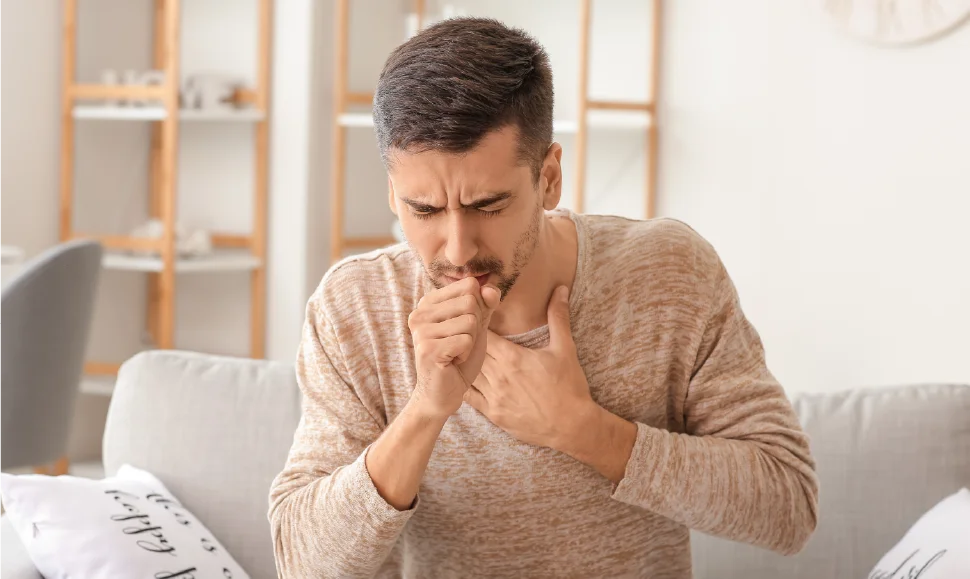
Mold and Health Impact
Dampness may show up as visible moisture, like leaks, or as high humidity. Dampness in homes or buildings creates the environment for mold spores to grow. Dampness can cause harm even when mold is not present. Excessive moisture also promotes the growth of dust mites, cockroaches, bacteria, and viruses, which can impact health.
Exposure to mold can trigger allergic reactions and asthma symptoms in people who are allergic. However, even without the bacteria, dampness indoors causes asthma attacks and other upper and lower respiratory problems. Anyone with or without allergies may experience irritation of the eyes, skin, nose, throat, and lungs when exposed to airborne fungi particles. An uncommon disease known as hypersensitivity pneumonitis has been associated with exposure to indoor mold in people who have weakened immune systems.
Solving Issues

Identify and eliminate the water problem: The most critical step is to identify and eliminate the source of the water that is creating a damp environment.

Determine the extent of the problem: Calling for professional help to clean any mold growth that covers more than 10 square feet is imperative.

Remove, clean, or discard affected materials: To get rid of mold, wash it off materials that can be effectively cleaned, such as hard surfaces. Use detergent and warm water and dry the surface completely.

Protect occupants and workers: Wear an N-95 mask (available at hardware stores), disposable gloves, and goggles.
An Environmental Testing Agency That Really Works…
We are a premier mold and air quality testing company serving Florida; we are ensuring the safety and well-being of your property and its occupants.
ETA’s team of certified experts utilizes cutting-edge technology and follows industry best practices to provide accurate mold identification, air quality assessments, and tailored remediation solutions.
We Serve the Entire State of Florida!
Call us today for a free consultation (954) 388-9633
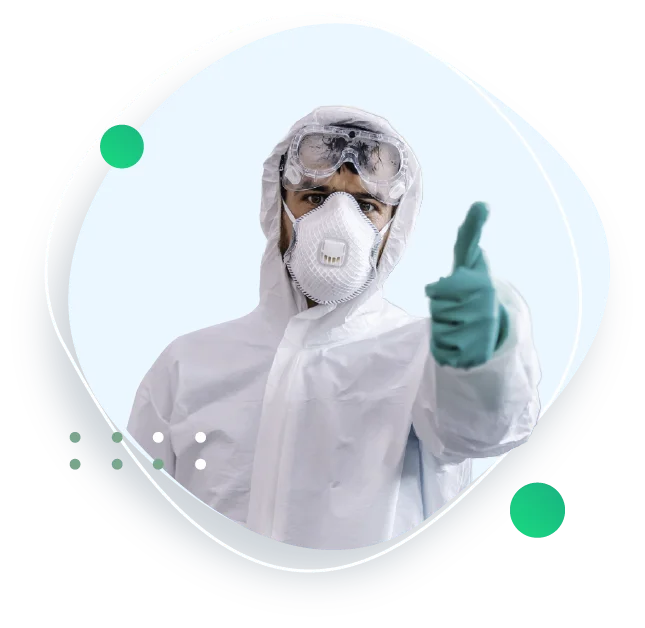

Mold inspection
in Homes and Buildings
ETA provides mold inspection to ensure a safe environment for everyone.
We got you covered 24/7.
Environmental Testing Agency provides Inspection services in South Florida
MOLD FAQ
The term mold is the non-technical name that refers to any growing fungus.
Identify and eliminate the water problem, Remove,Determine the extent of the problem, clean, or discard affected materials
Keep all doors and windows closed for a period of two hours before any testing begins. Turn off air purification machines for twenty-four hours before the appointment. Turn off HVAC/central heating systems for a minimum of two hours before testing
Sneezing. Runny or stuffy nose. Cough and postnasal drip.
Odor – you smell something but just can’t see anything. You don’t feel good when your home and you feel better when your away. Constantly itchy nose, red eyes and sneezing.
Mold is a serious problem, and spotting mold contamination before it grows out of control can save you thousands of dollars.
Mold testing is highly reliable and extremely accurate
When moisture problems or water damage occur mold can grow within 24 – 48 hours. Since molds can digest most things, water is the factor that limits mold growth. Molds will often grow in damp or wet areas indoors.
It is impossible to completely eliminate all mold spores indoors. Mold will always be found floating in the air and in house dust. Indoor mold growth can be prevented by controlling water and moisture in indoors.
What does mold need to grow?
Learn More About Mold
Contact Us
Contact Us
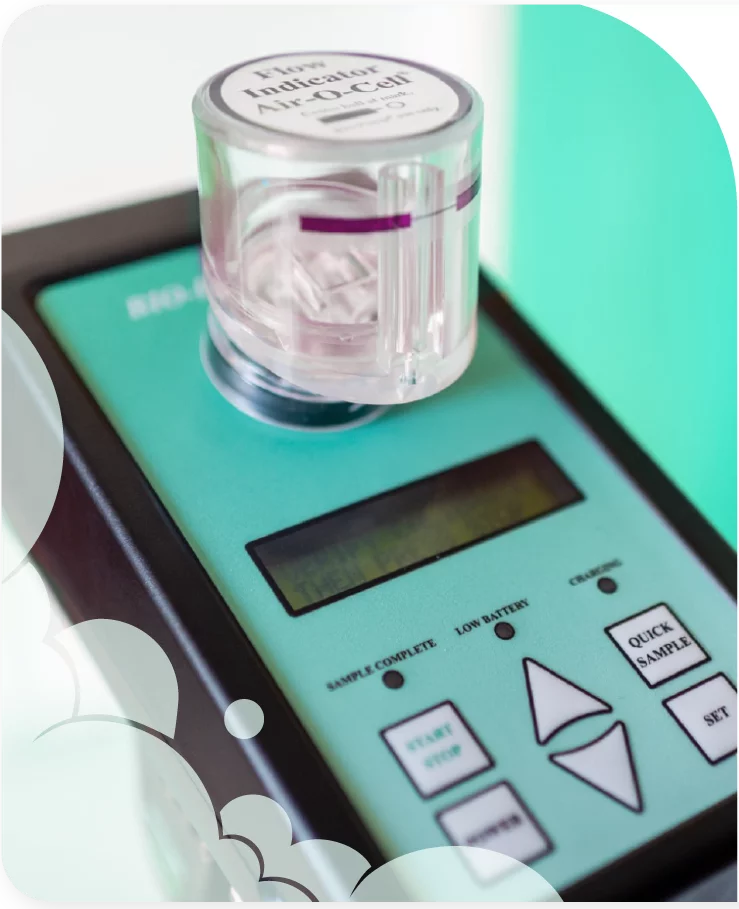
Request
A Free Estimate


